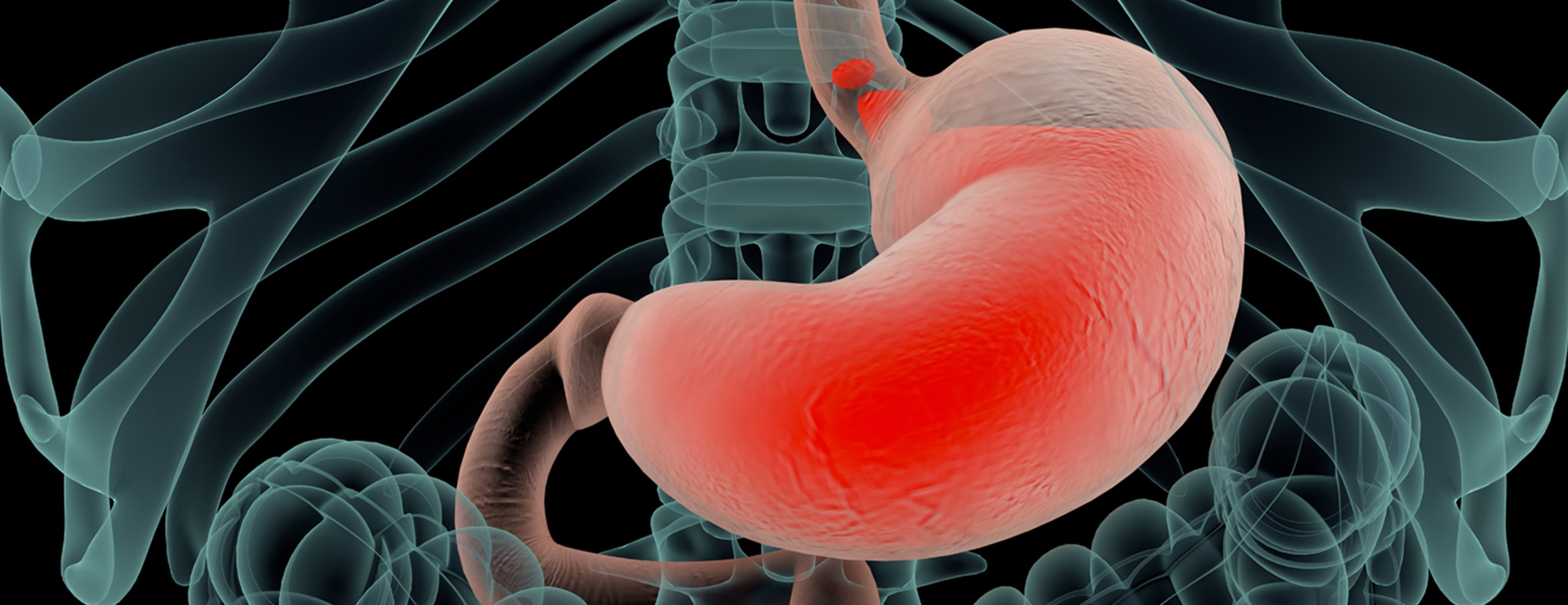
Stomach acid test
Definition
The stomach acid test is used to measure the amount of acid in the stomach. It also measures the level of acidity in stomach contents.
Alternative Names
Gastric acid secretion test
How the Test is Performed
The test is done after you have not eaten for a while so fluid is all that remains in the stomach. Stomach fluid is removed through a tube that is inserted into the stomach through the esophagus (food pipe).
A hormone called
How to Prepare for the Test
You will be asked not to eat or drink for 4 to 6 hours before the test.
How the Test will Feel
You may have some discomfort or a gagging feeling as the tube is inserted.
Why the Test is Performed
Your health care provider may recommend this test for the following reasons:
- To check if anti-ulcer medicines are working
- To check if material is coming back up from the small intestine
- To test for the cause of
ulcers
Normal Results
The normal volume of the stomach fluid is 20 to 100 mL and the pH is acidic (1.5 to 3.5). These numbers are converted to actual acid production in units of milliequivalents per hour (mEq/hr) in some cases.
Note: Normal value ranges may vary slightly depending on the lab doing the test. Talk to your provider about the meaning of your specific test results.
What Abnormal Results Mean
Abnormal results may indicate:
- Increased levels of gastrin can cause increased release of acid and may lead to ulcers (
Zollinger-Ellison syndrome ). - The presence of
bile in the stomach indicates material is backing up from the small intestine (duodenum ). This may be normal. It may also happen after part of the stomach is removed with surgery.
Risks
There is a slight risk of the tube being placed through the windpipe and into the lungs instead of through the esophagus and into the stomach.
References
Chernecky CC, Berger BJ. Gastric acid secretion test (gastric acid stimulation test). In: Chernecky, CC, Berger BJ, eds. Laboratory Tests and Diagnostic Procedures. 6th ed. St Louis, MO: Elsevier Saunders; 2013:549-602.
Schubert ML, Kaunitz JD. Gastric secretion. In: Feldman M, Friedman LS, Brandt LJ, eds. Sleisenger and Fordtran's Gastrointestinal and Liver Disease: Pathophysiology/Diagnosis/Management. 10th ed. Philadelphia, PA: Elsevier Saunders; 2016:chap 50.
Vincent K. Gastritis and peptic ulcer disease. In: Kellerman RD, Rakel DP, eds. Conn's Current Therapy 2019. Philadelphia, PA: Elsevier; 2019:204-208.
Review Date: 10/27/2018
The information provided herein should not be used during any medical emergency or for the diagnosis or treatment of any medical condition. A licensed physician should be consulted for diagnosis and treatment of any and all medical conditions. Call 911 for all medical emergencies. Links to other sites are provided for information only -- they do not constitute endorsements of those other sites. Copyright ©2019 A.D.A.M., Inc., as modified by University of California San Francisco. Any duplication or distribution of the information contained herein is strictly prohibited.
Information developed by A.D.A.M., Inc. regarding tests and test results may not directly correspond with information provided by UCSF Health. Please discuss with your doctor any questions or concerns you may have.





